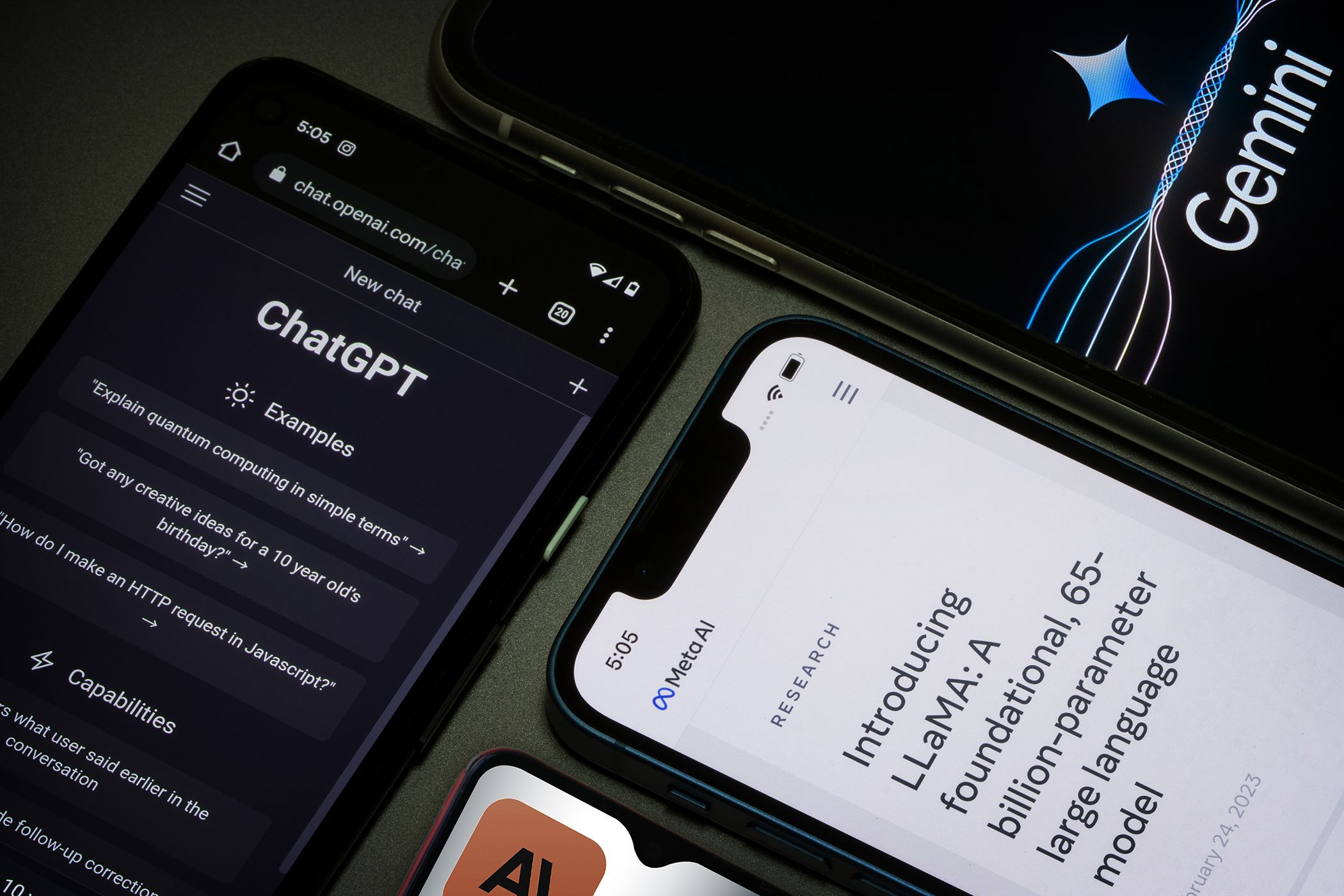It Outperforms Other Chatbots in Three Key Areas

Exploring Meta AI: Features and Performance
With numerous AI chatbots available today, selecting the right one for various tasks can be quite a challenge. Each tool brings its unique strengths and weaknesses, so I decided to test Meta AI to uncover where it excels.
Investigation and Experience
With two decades of experience using AI services like Claude, Perplexity, and ChatGPT, I have a solid understanding of their capabilities. My plan was to evaluate Meta AI in a couple of daily scenarios and see if it could surpass previous experiences I’ve had with other chatbots.
Armed with effective prompting techniques, I set out to investigate how Meta AI stacks up against its competitors.
Interview Preparation
Interview prep is a common use for AI chatbots. Although ChatGPT is often recommended for this task, I wanted to see how Meta AI performs, especially since its prompts include advice on conducting mock interviews.
When I began, Meta AI asked for specific details to tailor the preparation:
- Interview Type: I selected a job interview.
- Industry: I chose to simulate a Content Manager interview in the SaaS sector.
- Experience Level: I informed Meta AI that I had senior-level experience.
- Interview Focus: I requested a technical and skills-based interview.
I decided to model my interview on a well-known company, Apple.
Meta AI organized the mock interview into various sections and provided feedback throughout the process. It posed questions that a hiring manager might ask, making the experience realistic and useful. While I am not looking to work in Silicon Valley, I found Meta AI to be a helpful tool for interview preparation.
Generating Social Media Posts
Given that Meta AI is linked to one of the world’s largest social media networks, I tested its capabilities in generating social media content. In the past, I used ChatGPT for social media brainstorming but found some responses lacking vibrancy.
Creating Posts for a Meta-Owned Platform
For Instagram, I prompted Meta AI with specifics about my photography account, detailing a winter trip to Finnish Lapland that involved husky sledding and reindeer-feeding. I asked it to create a friendly tone while sharing experiences and offering my top five travel tips.
The resulting text was engaging, though I aimed to sprinkle in some emojis and provided additional tweaks to enhance it. Overall, the result was in line with my expectations, and I plan to explore Meta AI’s use in future content creation.
Creating Posts for a Non-Meta Platform
I turned to LinkedIn for a different challenge, wanting to generate posts that would resonate with my professional audience. I requested a concise piece discussing content marketing mistakes made by software companies while hinting at a linked article for deeper reading.
Meta AI’s initial response was too direct, so I requested adjustments. The modified output was more action-oriented and engaging compared to content I’ve received from other tools, but I still found areas to refine further.
Email Generation
Although I initially tested Meta AI’s image generation feature and found it disappointing, I shifted focus to email creation. I supplied a prompt asking for a friendly yet professional outreach email to a B2B tech company, showcasing my experience and offering blog post ideas tied to an upcoming whitepaper.
The first draft was lengthy, prompting me to request a more concise version while refining the introduction. The final product met my expectations with a bit of personalization needed for clarity and engagement.
Final Thoughts
Like other AI chatbots, Meta AI shines in certain areas while falling short in others. Despite disappointment in its image generation ability, its content creation for emails and social media posts was impressive. Users can rely on Meta AI to draft initial frameworks but may need to infuse their personal touch to enhance overall submissions.






